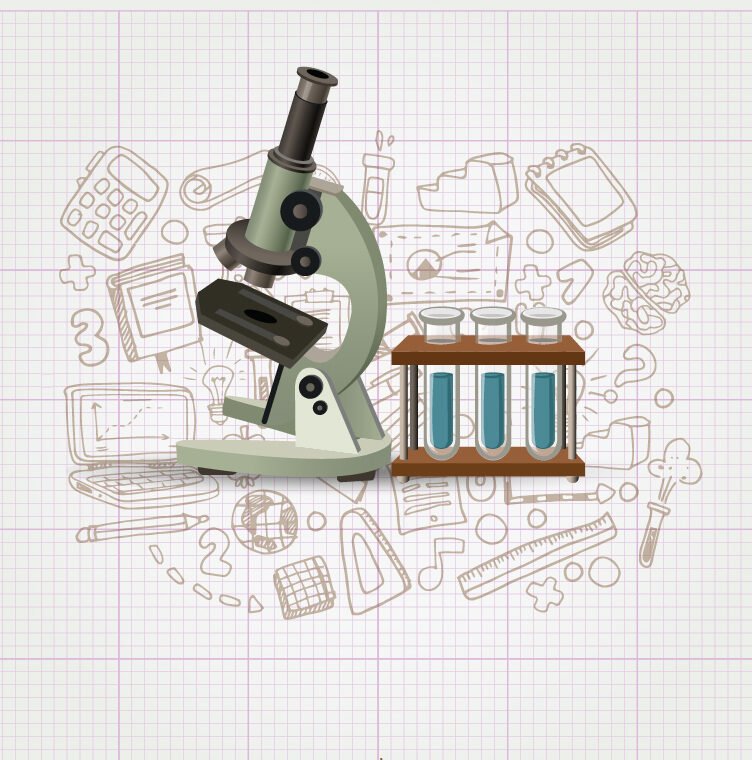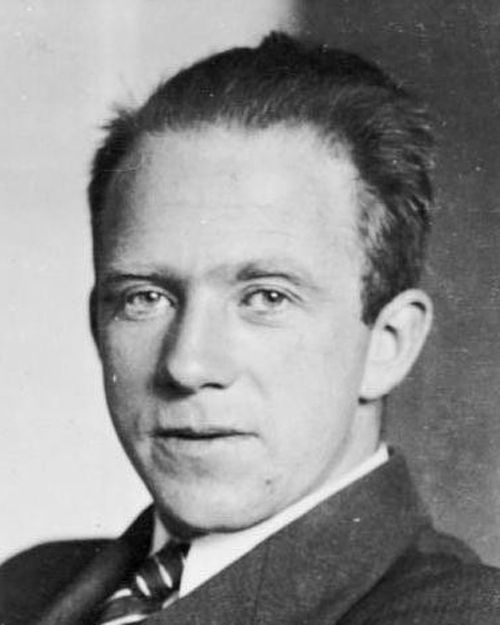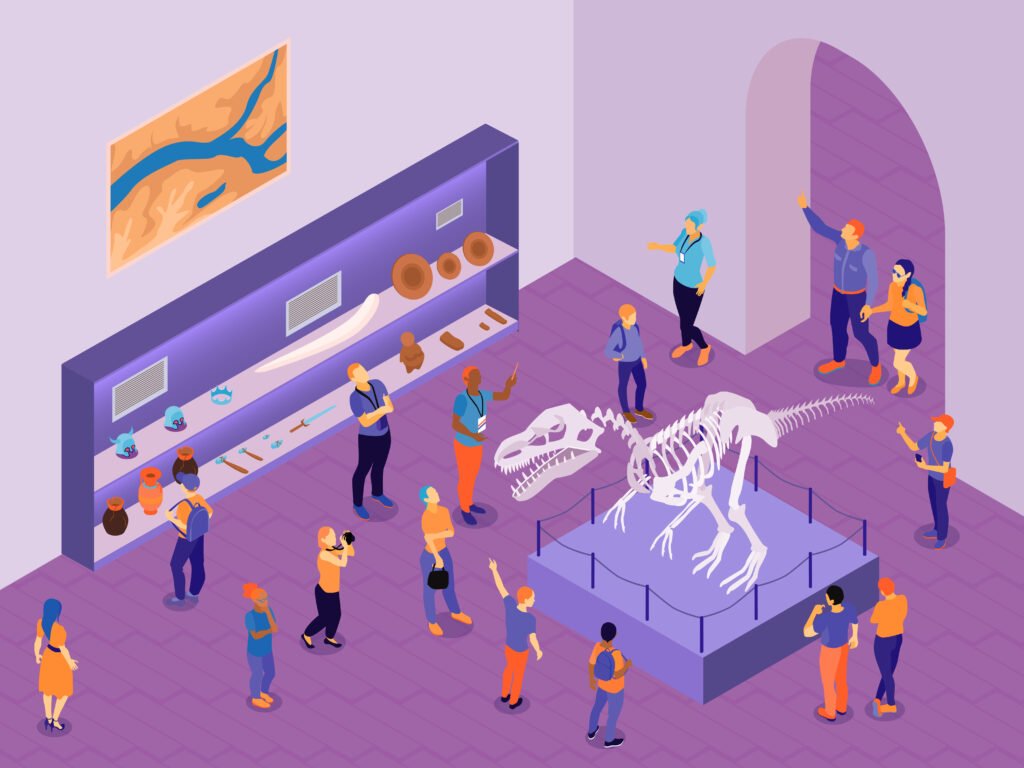The quantum physics simulations on this page teach us, in a practical way, the secrets of this important field. We will discover what quantum theory is, its fundamental principles, and its main applications.
What is quantum physics
Quantum physics is a fundamental branch of physics that studies phenomena occurring at extremely small scales, at the level of atoms, molecules, and subatomic particles such as electrons, protons, and neutrons. Unlike classical physics, which describes the behavior of macroscopic objects, quantum mechanics reveals a universe ruled by very different and, seemingly, counter-intuitive laws.
Quantum theory
The word “quantum” comes from “quantum,” meaning “discrete amount.” In this context, energy, matter, and other quantities are not continuous, but rather come in “packets” or “quanta.” This idea revolutionized physics in the early 20th century, challenging classical principles and leading to a deeper and more exact understanding of nature.
Quantum theory describes how particles behave at very small scales, where the laws of classical physics cease to be accurate. Concepts such as wave-particle duality, the wave function, and superposition help us understand phenomena that seem impossible from a classical perspective. Historic experiments, like the photoelectric effect and the double-slit experiment, showed that particles can behave as waves and vice versa, laying the foundation for modern physics and revolutionary technologies like quantum computing.
Fundamental concepts
Among the most important concepts in quantum theory are wave-particle duality, which shows how light and subatomic particles can behave as both waves and particles depending on how they are measured; the wave function, which describes the probability of finding a particle in a given place or state; and quantum superposition, which allows a particle to exist in multiple states at once until a measurement is made.
Historic quantum experiments
There have been a series of experiments that were decisive for the emergence of quantum theory. Perhaps the most notable are the following three:
Photoelectric effect: Einstein demonstrated that light can behave as particles (photons), which explained how electrons are released from metals upon receiving light.
Double-Slit experiment: Particles, such as electrons or photons, show wave behavior when passing through two slits simultaneously, evidencing wave-particle duality.
Bohr’s atomic model: Introduced quantized energy levels, showing that electrons cannot occupy just any orbit around the nucleus.
Interpretations of quantum theory
Quantum physics has not only transformed science, but has also posed deep philosophical challenges. Questions about the nature of reality, the role of the observer, and the existence of chance in fundamental processes have been debated for decades. Throughout the development of quantum physics, scientists have proposed different interpretations to explain its strange results. The Copenhagen interpretation holds that what we can measure defines reality, and that particles exist in superposition until measured. The many-worlds theory suggests that every possible outcome of a measurement occurs in a parallel universe. Finally, quantum decoherence explains how interaction with the environment causes superpositions to collapse and the classical reality we perceive to appear.
Fundamental principles of quantum physics
This branch of physics challenges many of the intuitive notions that guide our everyday perception of the world. At the quantum level, the behavior of particles presents surprising and, at times, paradoxical characteristics that have forever changed the horizon of science and technology. Below, the fundamental principles of quantum mechanics are explored, whose implications have revolutionized science and technology.
Wave-Particle duality
One of the most surprising principles of quantum mechanics is wave-particle duality. According to this property, particles such as electrons can behave both as particles (with mass and charge) and as waves (capable of interfering and diffracting). This duality was demonstrated in iconic experiments like Young’s double-slit, where it is observed that light—and later electrons—can exhibit an interference pattern characteristic of waves.
Uncertainty principle
Heisenberg’s Uncertainty Principle states that it is not possible to simultaneously and completely precisely know certain properties of a particle, such as its position and momentum. This means that in the quantum world there is a fundamental limit to the precision of our measurements, something that does not occur in classical physics.
Quantum superposition
Quantum superposition is another key phenomenon: particles can exist in several states at once, until a measurement is made and the system “collapses” to one of those possible states. In addition, quantum entanglement allows two or more particles to share a common state, so that any change in one instantly affects the other, no matter the distance between them. This phenomenon has fascinated the scientific community and led Einstein to describe it as “spooky action at a distance.”
Applications of quantum physics
Far from being just a theoretical discipline, quantum mechanics has given rise to technological advances that have transformed everyday life. Thanks to its principles, semiconductors, magnetic resonance imaging, and lasers have been developed, which today are indispensable in electronics, medicine, and telecommunications. Nowadays, quantum computing promises to revolutionize information processing through the use of qubits, which can represent multiple.
Explore the exciting STEM world with our free, online simulations and accompanying companion courses! With them you'll be able to experience and learn hands-on. Take this opportunity to immerse yourself in virtual experiences while advancing your education - awaken your scientific curiosity and discover all that the STEM world has to offer!
Quantum physics simulations
- Coin
- Measurement
- Wave
- Tunnel
- Bound
Quantum coin toss
This simulation allows us to interactively explore how quantum systems behave when measured. Users can observe how a quantum state can be in superposition before measurement and how the result of a “toss” is determined when the wave function collapses. It is a visual and practical way to intuitively and enjoyably understand fundamental concepts of quantum physics.
File
Quantum measurement
This simulation allows us to explore, interactively, the fundamental principles of quantum physics. Through virtual experiments, one can observe how measurement affects quantum systems and understand concepts such as superposition, collapse of the wave function, and probability of results. It is an ideal tool for students and curious people who want to visually and practically experience phenomena that are normally abstract and difficult to visualize.
File
Quantum wave interference
Quantum wave interference is one of the most astonishing phenomena in modern physics. This simulation allows you to observe how particles such as electrons, photons, or atoms can simultaneously behave as both particles and waves when passing through a double slit, generating interference patterns that cannot be explained by classical physics. Explore how the probability of detecting these particles is distributed in space and visually understand wave-particle duality—one of the pillars of quantum mechanics.
File
Quantum tunneling effect
This simulation allows you to visualize the phenomenon known as the quantum tunneling effect, one of the most surprising results of quantum mechanics. By representing a wave packet propagating against a potential barrier, you can observe how, even if the particle does not have enough energy to overcome the barrier classically, there is a non-zero probability that it will pass through. This idea is fundamental for understanding everything from the operation of electronic devices like the tunnel diode to natural processes such as nuclear fusion in stars.
File
Quantum Bound States
This simulation allows you to explore how quantum particles can become trapped in potential wells, resulting in what are known as bound states. By adjusting parameters such as the depth of the well and the energy of the particle, you can observe how the wave functions and associated probability densities change. This phenomenon is fundamental to understanding energy quantization in confined systems, such as electrons in atoms or molecules. It also provides a visual foundation for approaching more advanced concepts, like the formation of chemical bonds and band structure in solids.
File
Giants of science
“If I have seen further, it is by standing on the shoulders of giants”
Isaac Newton

Peter Higgs
–
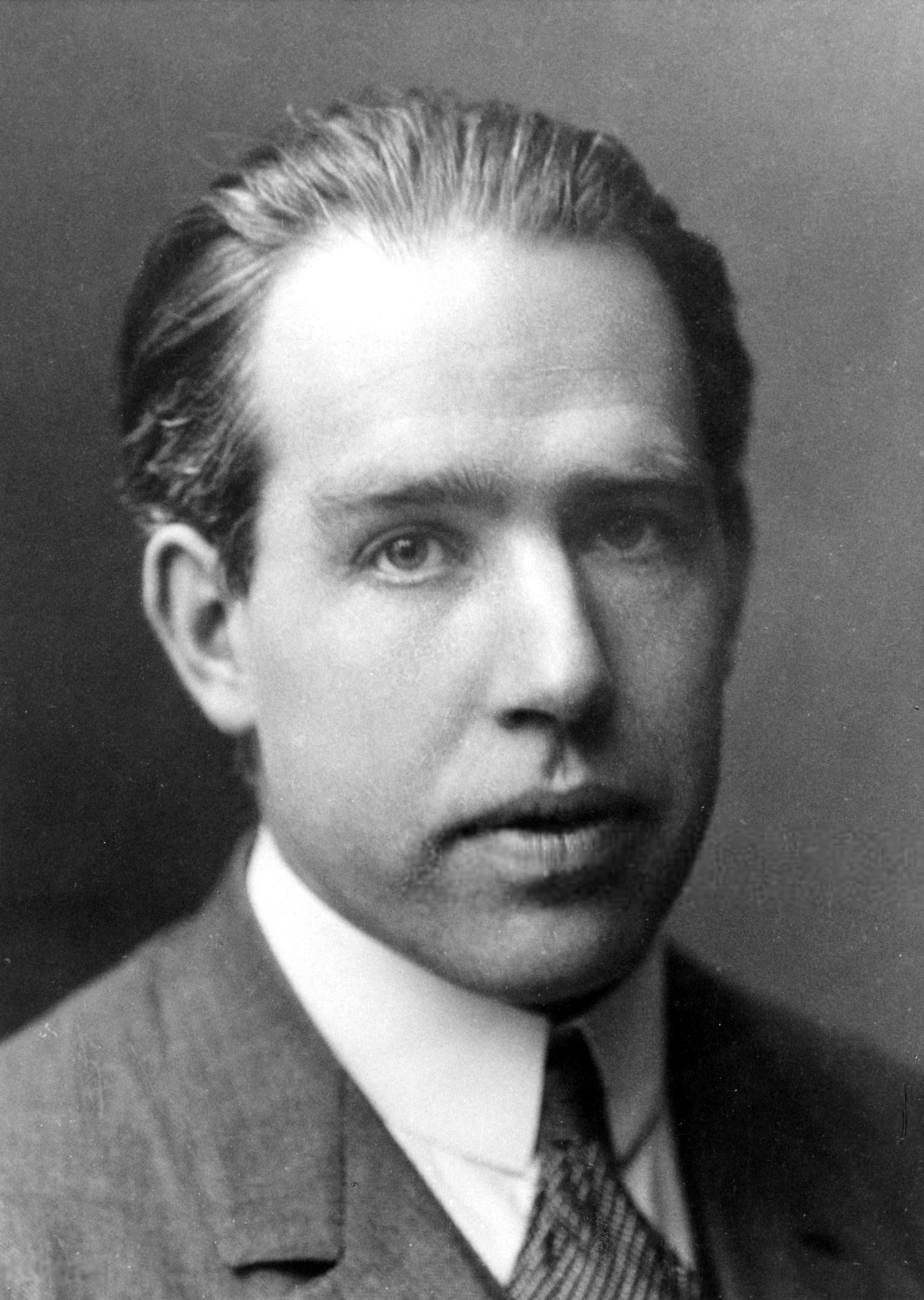
Niels Henrik David Bohr
–
Become a giant


Quantum Mechanics of Molecular Structures



Quantum Mechanics for Scientists and Engineers 2



Quantum Mechanics for Scientists and Engineers 1

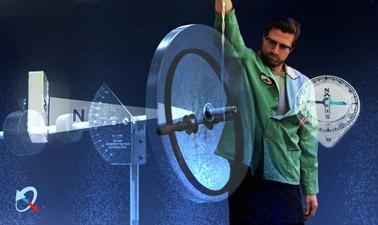

Quantum Mechanics for Everyone



Pre-University Physics



Circuits for Beginners



AP® Physics 1 – Part 4: Exam Prep



AP® Physics 1



